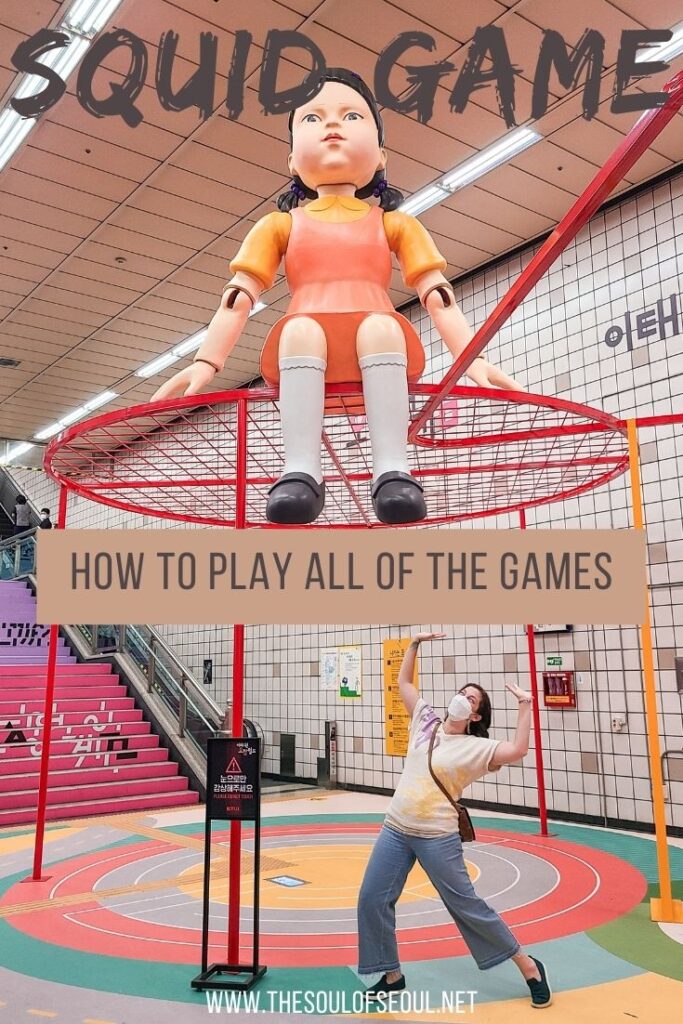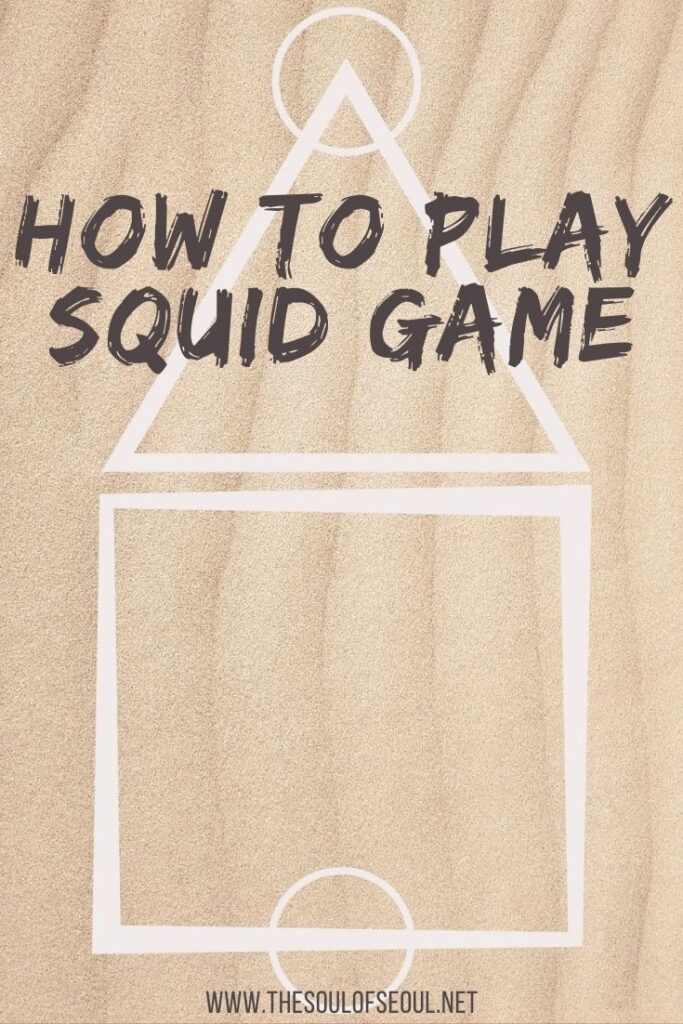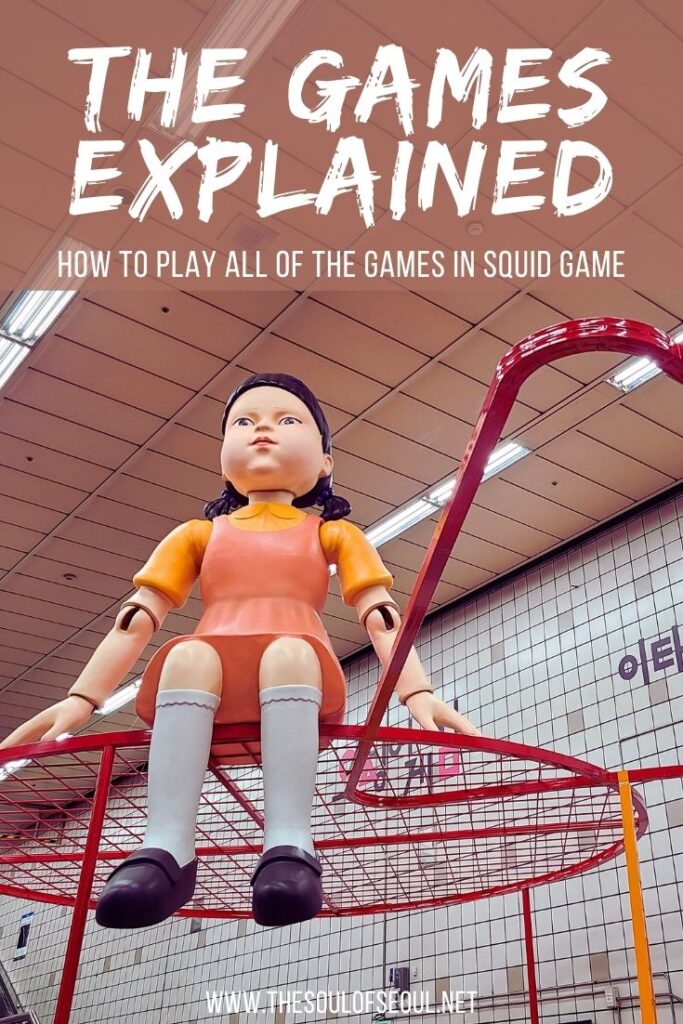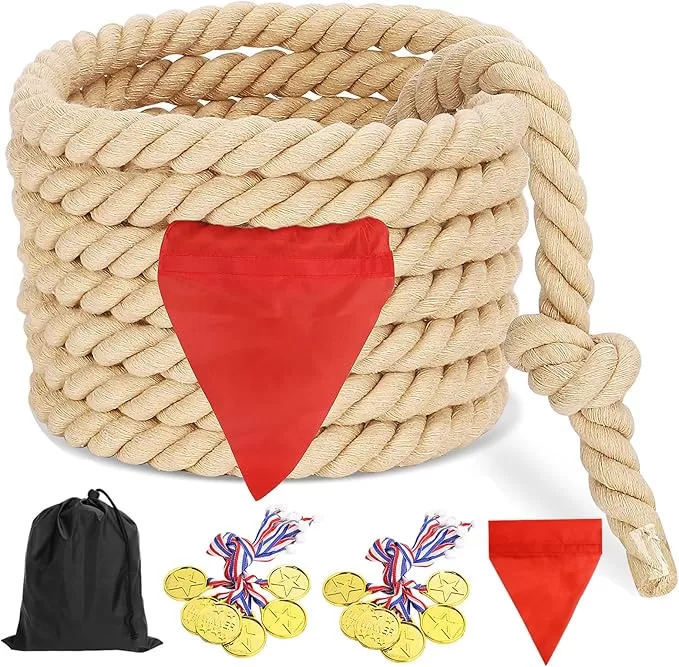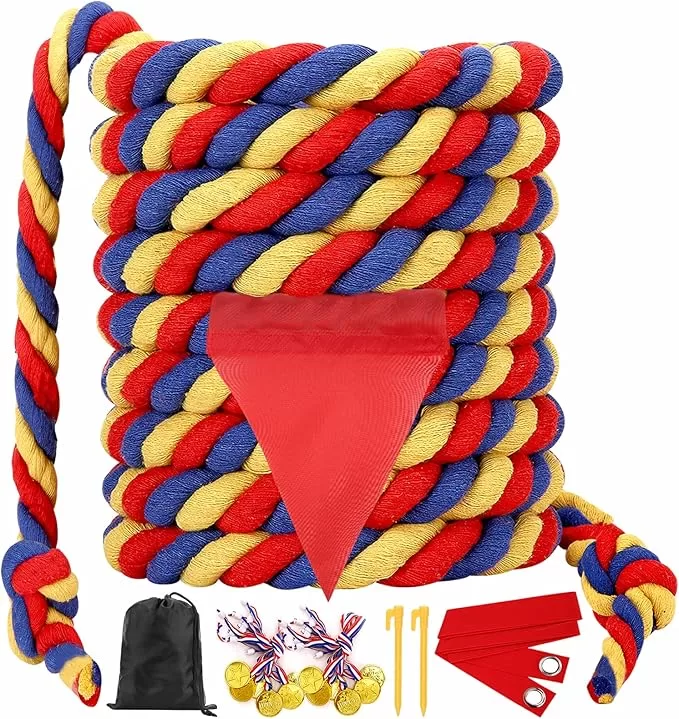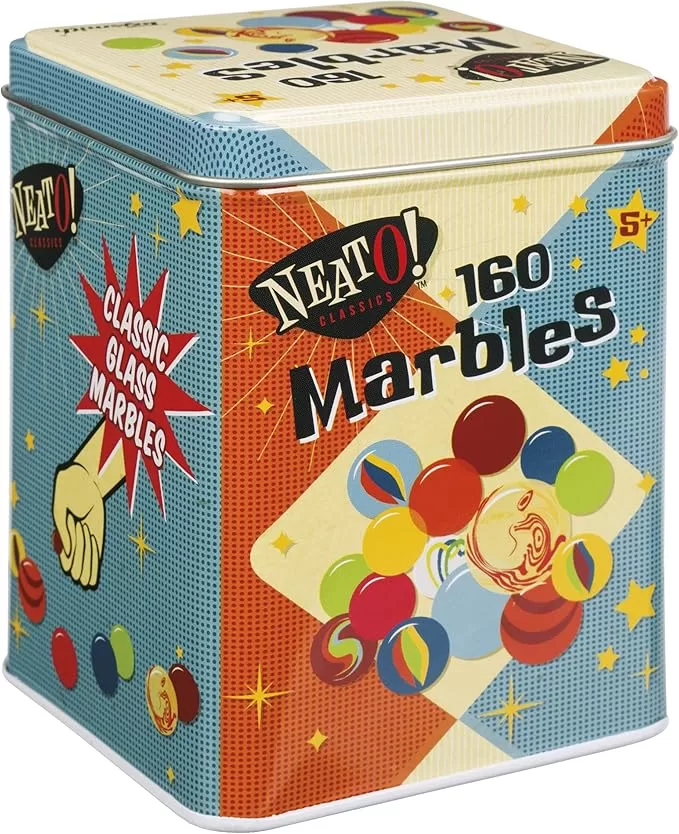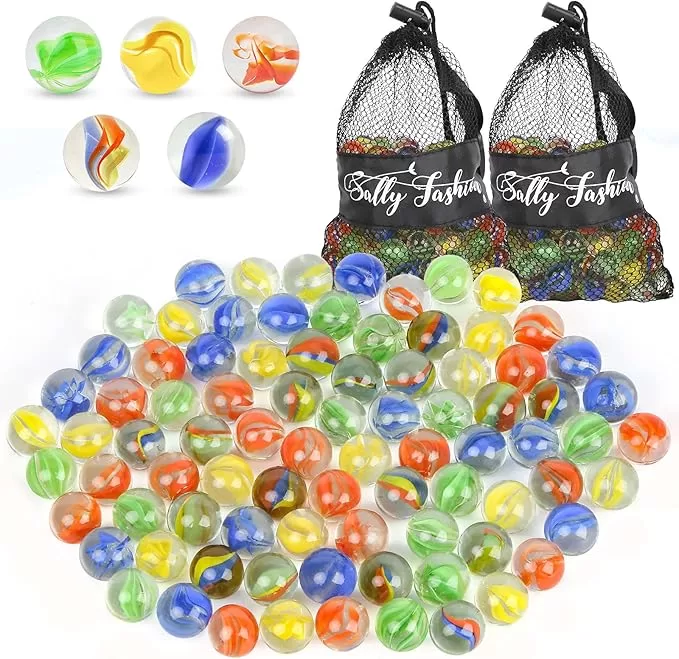Squid Game: All Of The Games Explained So You Can Play Too!
Last Updated on February 11, 2025
Something about ‘Squid Game’ has struck a nerve and it has apparently become a worldwide phenom. That doesn’t happen often with a Korean drama but this Netflix hit seems to have been the show to do it and has taken the world by storm. Squid Game became the No.1 show on Netflix worldwide and instead of just a one season wonder, it was picked up for a second season and a real life ‘Squid Game: The Challenge” came to be as well. If you haven’t seen ‘Squid Game’ yet, then get on it!
A fun aspect of watching ‘Squid Game’ is learning about traditional Korean games. If you’re looking for games played in Squid Game 1 or games played in Squid Game 2, I’ve got you covered. These are the games from the show and how to play them. Get ready for your own ‘Squid Game’ fun.

Do you want to know what the real-life Korean children’s games in ‘Squid Game’ are? Let me fill you in. Now, by no means do I mean to suggest that anyone should be playing these games to the death. BUT, there are perfectly acceptable childlike-wonder ways to play and that’s what we’re going to showcase here. Get ready to learn some Korean, test your agility, and eat some Korean dalgona!
(This post contains affiliate links, which means I receive a certain percentage of a sale if you purchase after clicking at no cost to you. Thank you for your support.)
‘Squid Game’ Synopsis… If you haven’t seen it yet
‘Squid Game’ is a violent thriller in which a group of 456 people that are in varying amounts of debt play games where they will either survive or die. In the end, one person will walk away with 40 million dollars. There are six games the players must get through in order to get the money. The twist is that these games are games from a Korean childhood so they are at once simple and nostalgic in one sense but complex and may end in death for most.
Dress The Part
Get in the spirit of the game and dress up. Or, if you want to look like 456 other people on Halloween, here’s the scrubs. There will most certainly be more than 456 people dressed up, but it’ll definitely make Halloween eerie to see so many people in the same costume just like in the show, won’t it?
The Games
In ‘Squid Game’, the players had to get through 6 different nostalgic games from their childhood. Some of the games you may or may not have recognized as they pay homage to a Korean childhood back before every kid had their own iPad or screen to play on.
Some of the games are still played today though, so don’t be surprised if you get an creepy feeling as you pass kids in a playground. Here are the games in ‘Squid Game’ and how to play them.


Red Light, Green Light (무궁화 꽃이 피었습니다)
An easily recognized game, in Korea ‘Red light, Green light’ translates to “the mugunghwa flower has bloomed”. Mugunghwa, called Sharon in English, is South Korea’s national flower. I can tell you that walking past a Korean elementary schoolyard is now very creepy because when young children get together, this game is almost always a game of choice still today.
Do It Yourself
If you want to play it in true ‘Squid Game’ fashion in Korean, then let’s learn the phrase.
How To Say ‘Red Light, Green Light’ in Korean
The player at the tree will need to say “무궁화 꽃이 피었습니다” (mugunghwa ggochi pea-us-sibnida). If you really want to get into the act, you’ll sort of sing it with a child-like voice.
Upon hearing the sentence, the players will run until the speaker ends the sentence and then they freeze just before the speaker turns back around.
For any players caught moving, they are out. The winner of the round is the person that can get all the way up to the speaker. And usually, then they become the speaker. So, no murderous ending.

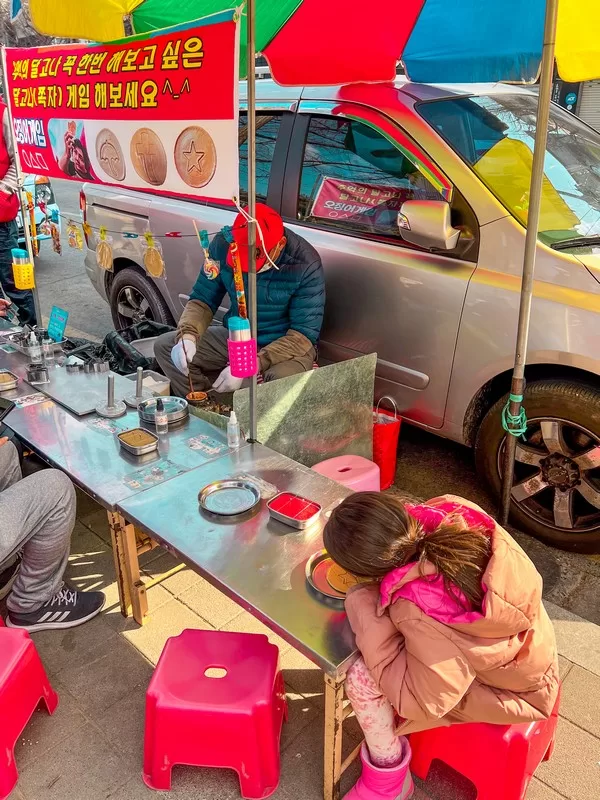
Dalgona (달고나) / Sugar Pulling (설탕뽑기)
Dalgona is really having a good time this pandemic, isn’t it? This is the second time it has gone viral with the first being back at the start of the pandemic with Dalgona coffee. Anyone else remember that? At least the version of Dalgona in Squid Game is more akin to the dalgona which can actually be found on Korean streets.
Also called bbopgi in Korean, this Korean street food is believed to have first appeared in Korea in the 1960’s in Busan, the second largest city in the country. The treat is sweet and has been translated to honeycomb toffee, something that South Africans might be more familiar with. It tastes a bit like butterscotch but has a peanut brittle like feeling.
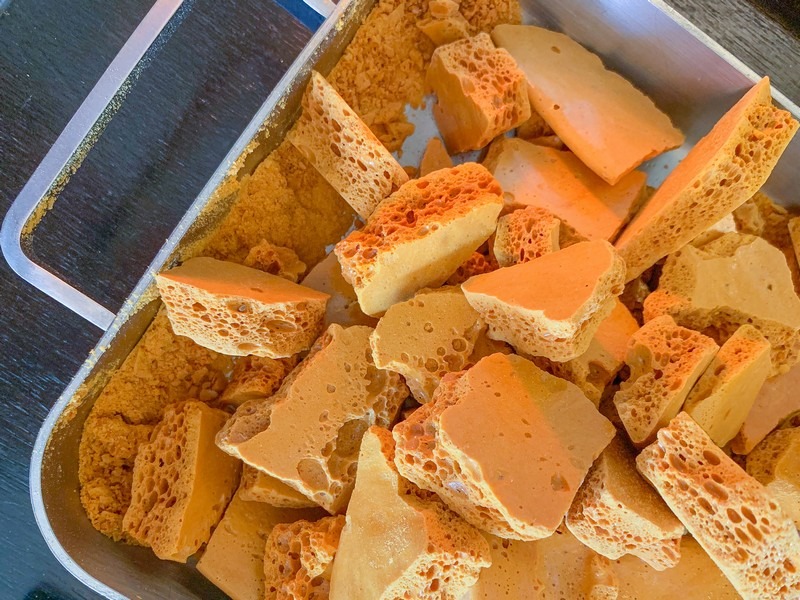
This kind of food exists all around the world but is known by many different names like sponge candy in New York and Pennsylvania, cinder toffee in Britain, angel food candy in Wisconsin, sea foam in California and Maine, and karume-yaki in Japan.
In Squid Game, the Dalgona is given to the players and they need to remove the various shapes carefully so that they don’t break. The thing is, some shapes are easier than others to remove. It’s a game my husband says he grew up playing with his friends. You can still see these sweet treats on the streets of Korea if you want to see how they’re really made.
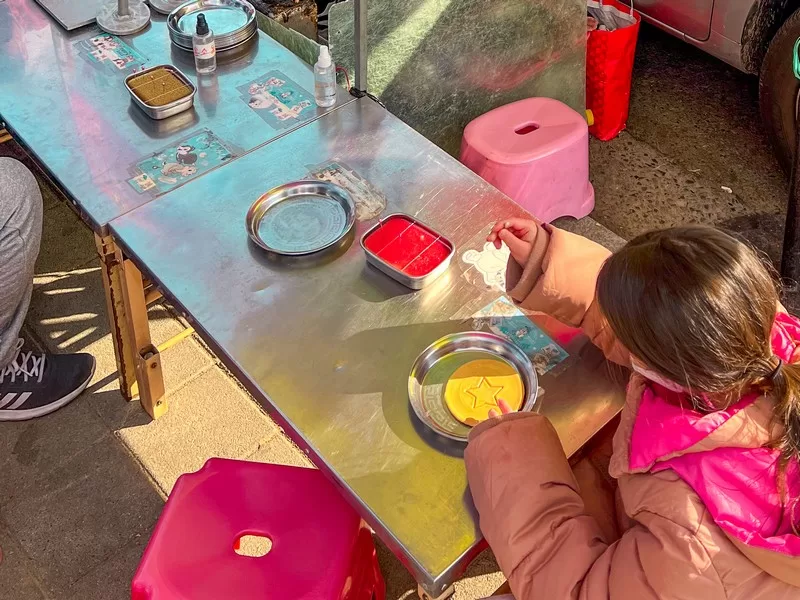
Do It Yourself
You can actually make your own Korean style Dalgona at home if you want to try this Squid Game mission. There’s a dalgona kit on Amazon if you want to try to make the original dalgona candy at home. You can see the kit below.
Want to make your own traditional dalgona?
Tools: pan, parchment paper, scraper, metal press, cookie cutters, wooden chopsticks
Ingredients: 1 tablespoon of sugar, 1 pinch of baking soda
- Melt sugar in the pan over low fire, adjusting height in order not to burn it.
- Once melted, add baking soda and whip it with a pair of chopsticks until it becomes thick and foamy.
- Pour onto the parchment paper and put the metal press on top to flatten into a circle.
- Before it hardens, press a shape into the surface with the cookie cutters and attach a lollipop stick.
Tug Of War (줄다리기)
Another game that is easily recognized, did you know there is actually a massive tug-of-war festival in Korea where an entire town works together to make an enormous rope that is then used at the festival for a massive tug-of-war? The festival held in Dangjin uses a 200 meter long, 1 meter wide rope that weighs 40 tons! It’s pretty cool and if you come to Korea, this is what you should see to believe.
This game actually originated back when agricultural communities in Korea wanted to pray for an abundant harvest. The game is used to promote unity and solidarity in communities and in the show ‘Squid Game’, after this game you can see how the teams come together.
Marbles (구슬치기)
In the fourth game on ‘Squid Game’, players are given marbles and told they can play any marble game they would like but they need to end up with one winner and one loser.
Marble games were originally played by boys in the winter months and they used various round shaped items that they found outside like stones, acorns, or fruit seeds or ceramic balls that they made. When glass marbles were introduced, the games become much more popular around the country.
There are various games that viewers probably noticed in the show. Here are some of the options you can choose to play:
- Dig a hole (봄들기/범들기/꼴랑치기) or make a slight indent in the ground. The goal is try to get a marble to land in the hole. Throw a marble toward the hole and yell out ‘deureotda!’ (들었다!), which means ‘it’s in!’ If your marble lands in the hole, you get to pick up all of the other marbles that have been thrown but didn’t go into the hole from previous throws. Also, as seen in ‘Squid Game’, another way to win is to hit another player’s marble which is also considered successful. This is called ‘matchugi’ (맞추기). Get all of the marbles to win.
- Odd or even (쌈치기). In this game, a player holds a number of marbles in their hand. The other player must guess if the number is odd or even. If the player guessing is correct, he gets the same number of marbles as he’s holding (his wager). If he doesn’t guess correctly, he forfeits the same number of marbles as the other player is holding. If you’re a mathematical person, you should be able to figure out the odds in this particular game fairly easily.
- Hit the marbles out (토하기). In this version of the game, draw a triangle and place a certain number of marbles inside. Each player gets a turn throwing marbles in an effort to hit the ones inside, outside of the triangle. But notice that the thrown marble must leave the triangle. If the marble that is thrown is in the triangle or on the line at the end, the player is out and has to place all of the won marbles back into the triangle, which is called ‘vomiting’ or ‘토하기’. Hence the name.
- Just hit some marbles (알까기). This is the simplest of the games. Each player throws a number of marbles down at a certain distance agreed upon. After that, player throw their remaining marbles in an effort to hit other ones. Any marbles that are hit, get to be picked up and kept.
- Marbles and walls. There are a couple versions of this game. In one version (벽치기), players put marbles near a wall and roll more down taking turns. If the player hits the other players’ marbles, they get to keep the ones they’ve hit. Another way to play the game (오부십부) involves each player rolling marbles down and trying to get the furthest. Then, the player who rolled the furthest gets the first chance to hit the other players’ marbles on the ground. In the end, the person who gets their marble the furthest is the winner.
Stepping Stone Bridge (징검다리 건너기)
This one might be the most difficult to re-enact. In the drama, players have to cross an elevated bridge but they need to chose between stronger tempered glass and normal weaker glass. If the players stepped on the normal glass, they fall to their death. If they step on the tempered glass, they can get over to the other side.
If you live in Korea, you’ll likely have noticed the numerous places on streams and rivers where stones have been placed to cross. While some stones are bigger and safer, others are smaller and more slippery. While this wouldn’t be the easiest game to re-enact, I’m sure a company like The Adventure Challenge will be able to figure something out for their next challenge book.
Six Legs
Making its debut in Squid Game 2, the six-legged pentathlon takes the classic three-legged race and dials up the chaos. Five people. Tied legs. And every 10 meters, a surprise mini-game, think schoolyard favorites like ddakji and gonggi, which are explained below.
It might sound like an extreme twist, but trust me, it’s not just fiction. My daughter recently took part in a four-legged version at an event, and it was pure, hilarious chaos.
How many friends can you rope into trying it?
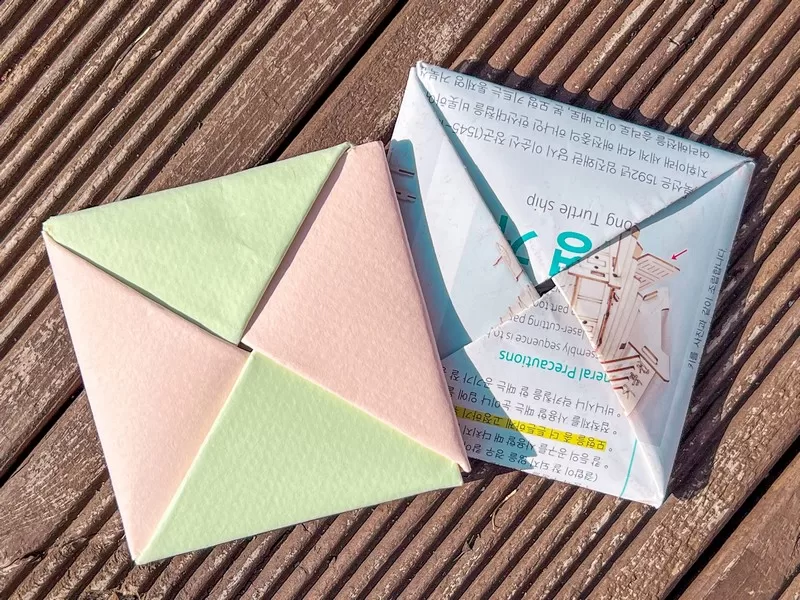
Ddakji Chigi (딱지치기)
Ddakji is a folded piece of paper, often decorated with a letter or drawing. Once folded into the right form, it transforms into a game piece for ddakji chigi, where players take turns trying to flip each other’s ddakji. Ddakji can be made out of various materials of various thickness and weight which result in different properties.
Directions
To start, fold the paper into flat tiles featuring triangular patterns. At least two players (but the more, the merrier!) take turns slamming their ddakji onto an opponent’s ddakji that’s placed on the ground.
The goal? Flip the opponent’s ddakji over. If successful, the thrower claims the opponent’s ddakji as their own. The game keeps going until someone runs out of ddakji. No life-or-death stakes, just some good old-fashioned fun!
Flying Stone (비석치기)
This game is all about precision and skill. Players take turns throwing rocks to knock down a set of palm-sized rocks placed a couple of meters away. If you’ve ever played bocce ball, the concept might feel familiar, but this game comes with a twist.
As the game progresses, so do the challenges. In the first stage, players throw rocks with their hands. But soon enough, they’ll have to switch things up, kicking, kneeing, chest-bumping, or even using their heads to hit the rocks. It’s a test of balance, accuracy, and maybe a little bravery.
Think you’ve got what it takes?
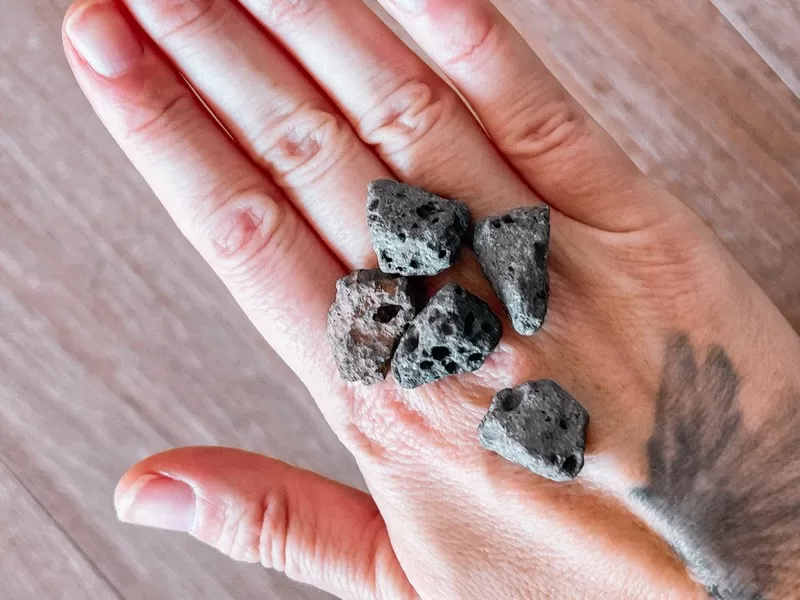
Gonggi Nori (공기놀이)
A beloved schoolyard game, gonggi nori can technically be played with small rocks, but in Korea, you’ll find it played with colorful plastic stones, probably purchased from Daiso, filled with tiny beads that make a satisfying jiggling sound when dropped. If you’ve ever played jacks, you’ll recognize the concept, though gonggi comes with its own set of rules.
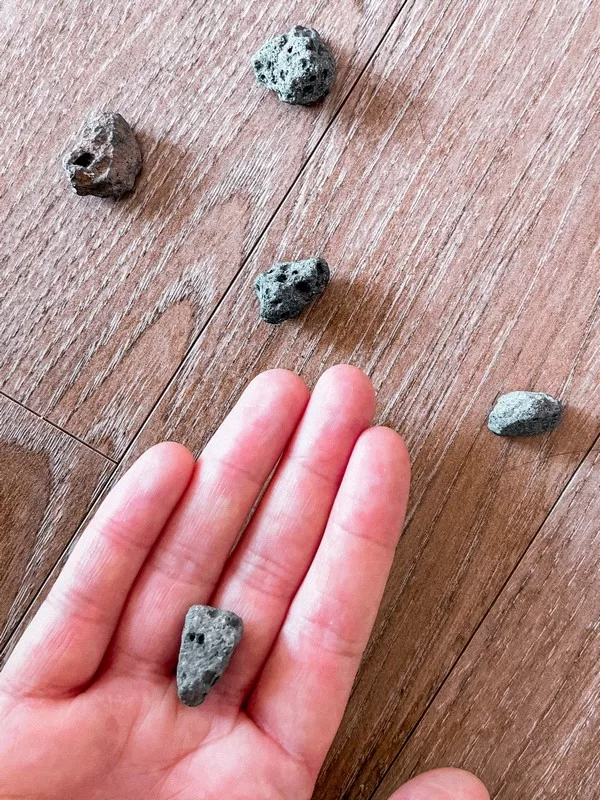
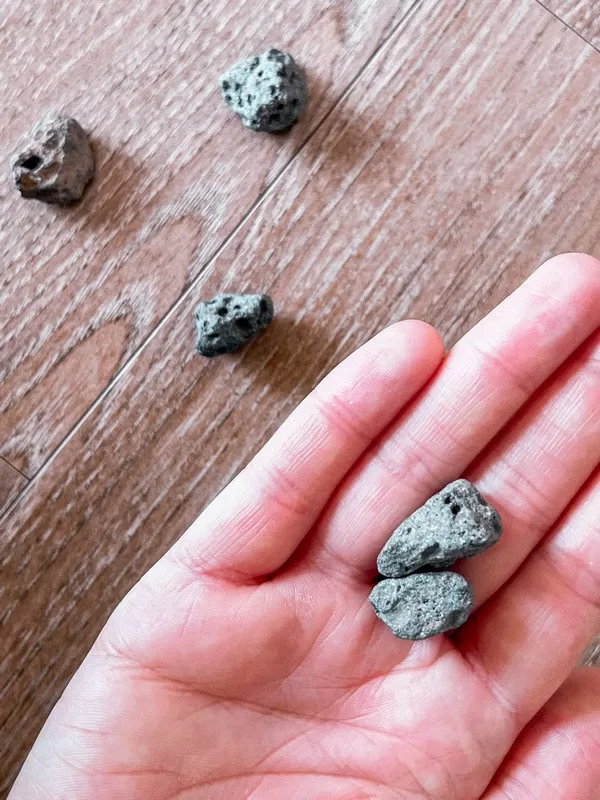
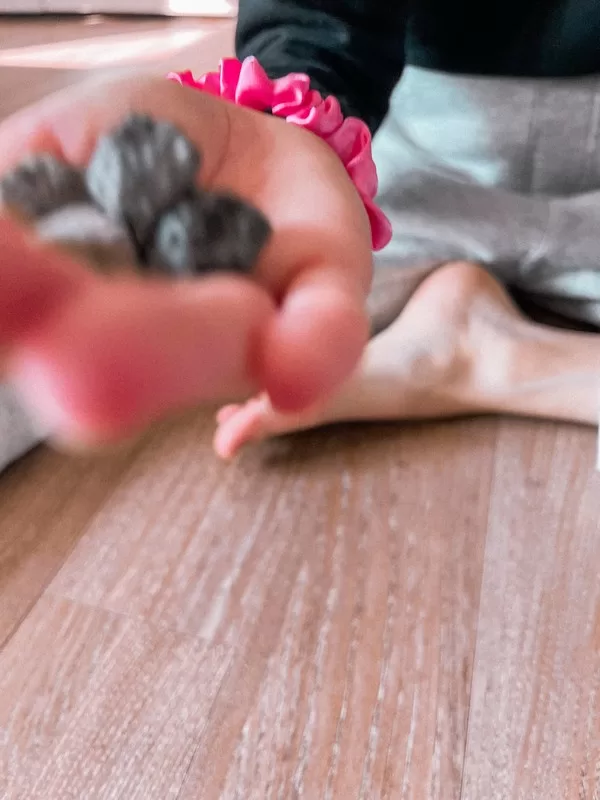
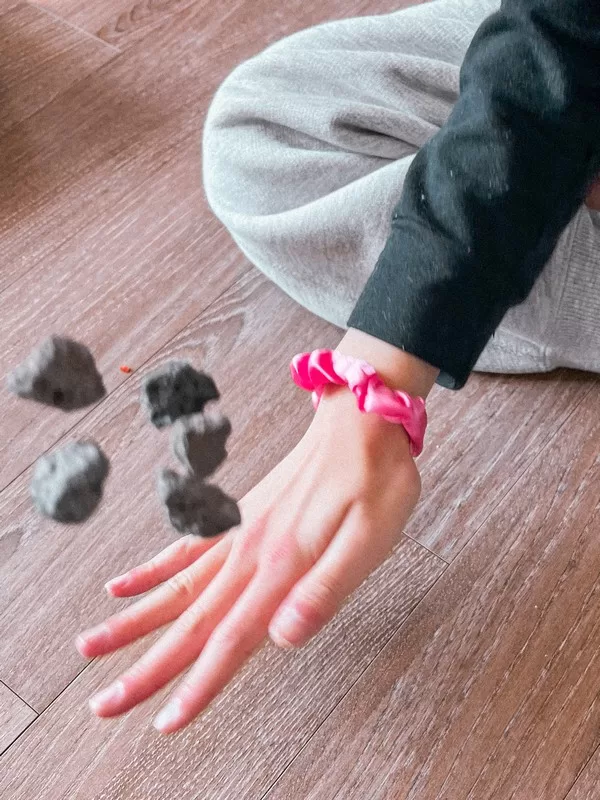
How To Play
Toss all five gonggi onto the ground. Pick one up, toss it into the air, and try to grab another gonggi while catching the first one before it lands. Repeat until all five stones are in your palm. Sounds easy? Not so fast! The difficulty increases with each round:
- Round 1: Pick up one stone at a time.
- Round 2: Pick up two at a time. (If there’s an odd one out, grab that first!)
- Round 3: Pick up three at a time. (Again, pick the odd one out so you can grab the other three more easily.)
- Round 4: Pick up all four at once.
- Final Stage: Toss all five gonggi into the air, catch them on the back of your hand, then flip them and catch them in your palm.
Rules To Remember
- You must use only one hand throughout the game.
- You can’t touch any stones except the ones you’re picking up.
Spinning Top (팽이치기)
Once a wintertime favorite, paengi chigi was traditionally played with hand-carved wooden tops, often made from birch or pine, with a small pointy nail attached to the bottom. Back in the day, players whipped the tops to keep them spinning on icy roads, making for a fast-paced and competitive game.
By the 1980s, the game got an upgrade. Instead of whipping, players started using a long string, wrapping it tightly around the paengi before releasing it with a flick of the wrist to set it spinning.
The goal? Keep your top spinning the longest. A well-balanced paengi makes all the difference, so choose wisely, because in this game, it’s all about skill, precision, and maybe a little bit of luck!

Jegi Chigi (제기차기)
If you ever spot a colorful pom-pom soaring through the air, you’re probably watching jegi chigi in action. Think of it as Korea’s answer to hacky sack, the goal is simple: keep the jegi off the ground using only your feet.
Traditionally, jegi were made by wrapping long strands of tough paper or cloth around a coin or small piece of iron, giving them just the right weight for controlled kicks.
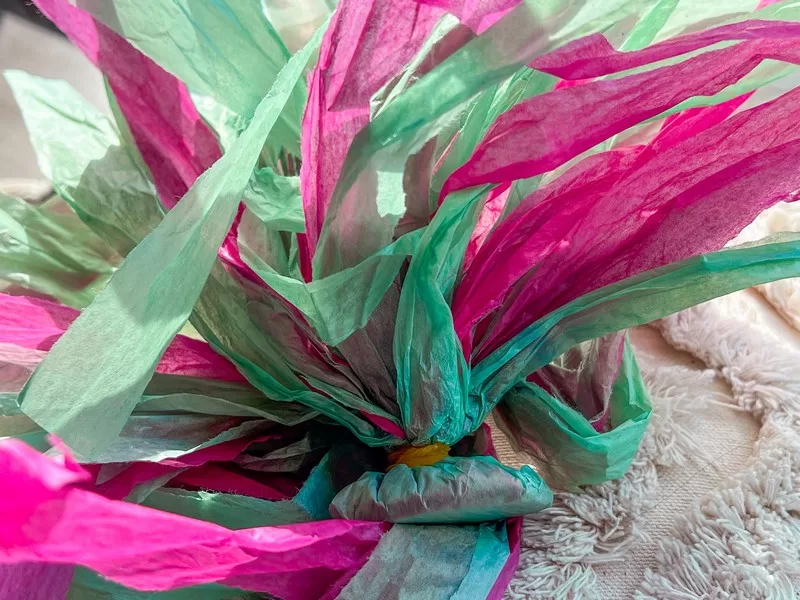
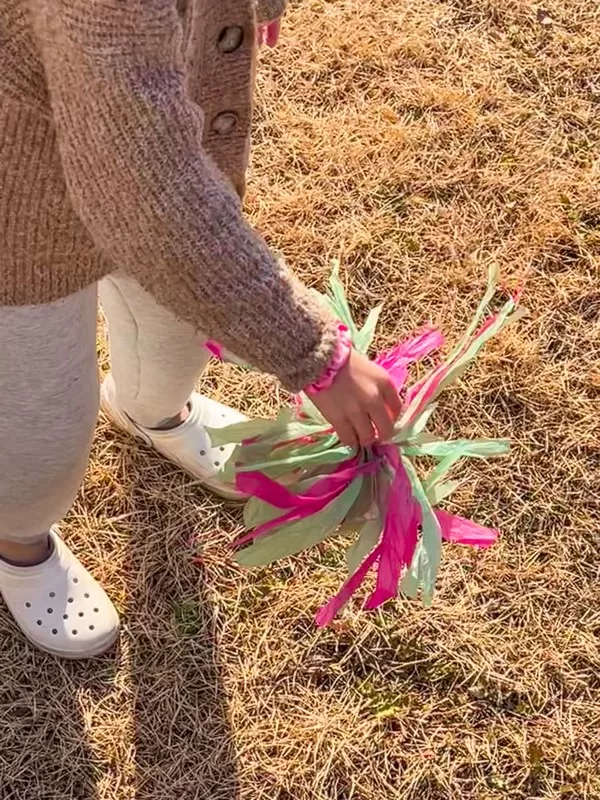
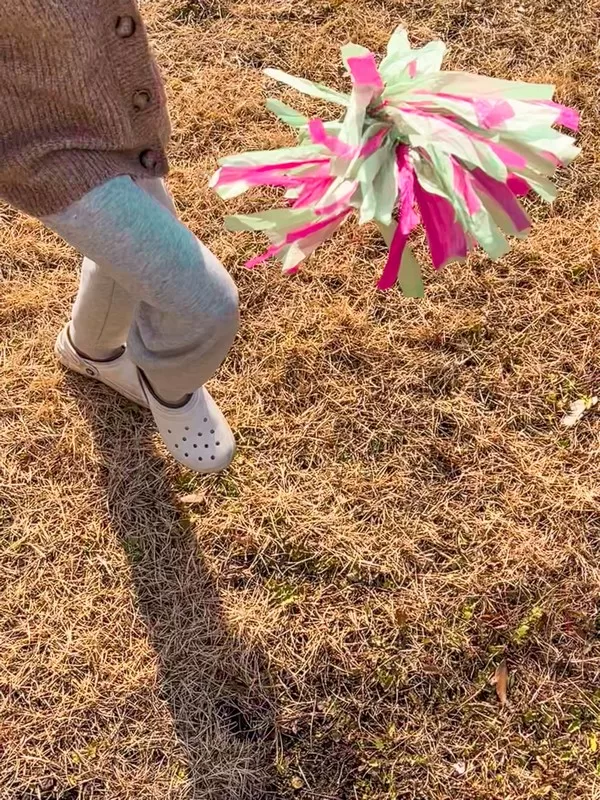
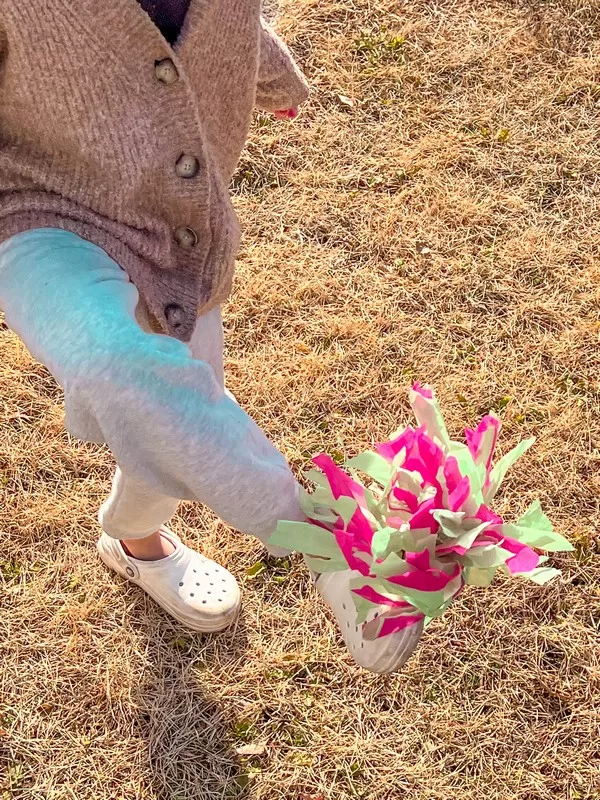
You can play solo, like in Squid Game, where a player had to kick the jegi five times to pass, or go for a more chaotic group version, passing it around in a circle. If you’ve ever watched Korean gag shows, you’ve probably seen players hilariously struggling to keep the jegi in the air.
Think you’ve got the footwork for it? Give jegi chigi a try!
Squid Game (오징어놀이)
Is Squid Game a real game?
Finally, the game the show was named after, Squid Game. A very nostalgic game for a lot of Koreans, it was played in the 1970s and 1980s. This is the most competitive game in the series and is pretty competitive in real life as well and is quite symbolic of the competitive society we live in today.

What are the rules for Squid Game?
In the game, a giant squid is drawn on the ground and two (or more) people play against each other. In the show, there were only two players left at this point, but in real life, there are usually teams of 5 to 8 kids that would play together. It’s not normally for just two players. One team is the offense and one team is the defense. This game can get quite physical, so be prepared if you want to try it yourself.
Goal: The offensive team is trying to get to the head of the squid and tap the small triangular section where the circle overlaps the top of the triangle with their foot to win.
Rules:
- Divide into teams and then, as all good Korean games really start, play ‘rock, paper, scissors’ to determine who will be offense and who will be defense.
- The defensive team cannot leave the squid boundaries. Note that there is a line between the triangle and square portions of the squid which the defense can’t enter. BUT they can entire the top and bottom through a bit of a bridge at the center between the triangle and square.
- The offensive team is only allowed to hop on one foot unless they can cut through the squid’s waist, which is the line between the square and the triangle part of the squid. That line is also referred to as the ‘river’ or ‘강’.
- Either team can win if the other team is disqualified first.
- If a defensive player’s hand touches the ground or steps out of bounds, they are disqualified. If an attacker’s other foot touches the ground, he is disqualified unless he has passed through the waist and can use both feet.
How To Start:
- The attacking team starts near the top circle on the squid, actually nearest the triangle where they want to end.
- The defensive team starts in the square portion of the squid inside the boundaries.
- When the players start, the offensive team hops to various positions around the squid. Ideally, they’d head to the waist of the squid so they could get across, from either direction, so they could use two feet. If they’re not aiming to get the use of both feet, they’ll head to the bottom of the squid at the circle to enter the squid and begin their push to the top again.
- Whether or not the offensive team gets to the waist, they must get down to the bottom circle of the squid to then enter and work their way toward the goal.
- The defense team in the squid tries to push the offense team out of the bounds so they’re disqualified. And the offense team aims to get to the goal at the top. If the defensive team disqualifies all offensive team members, then play begins again but now the original defense team will become offense.
- To win, an offensive player must make it to the top and yell out, “hooray” or “만세”.
Are you ready to play the games in ‘Squid Game’ yourself now? I think you are.
Did you like this post? Pin it!
